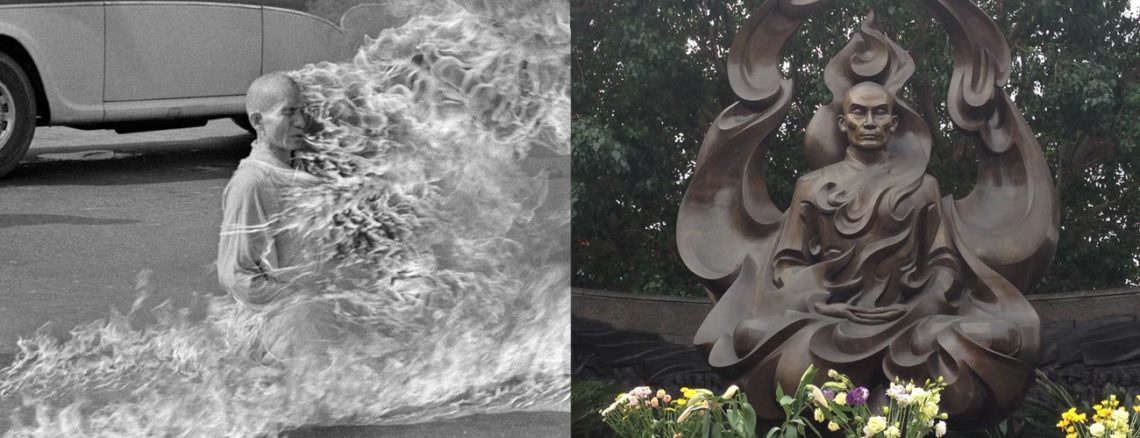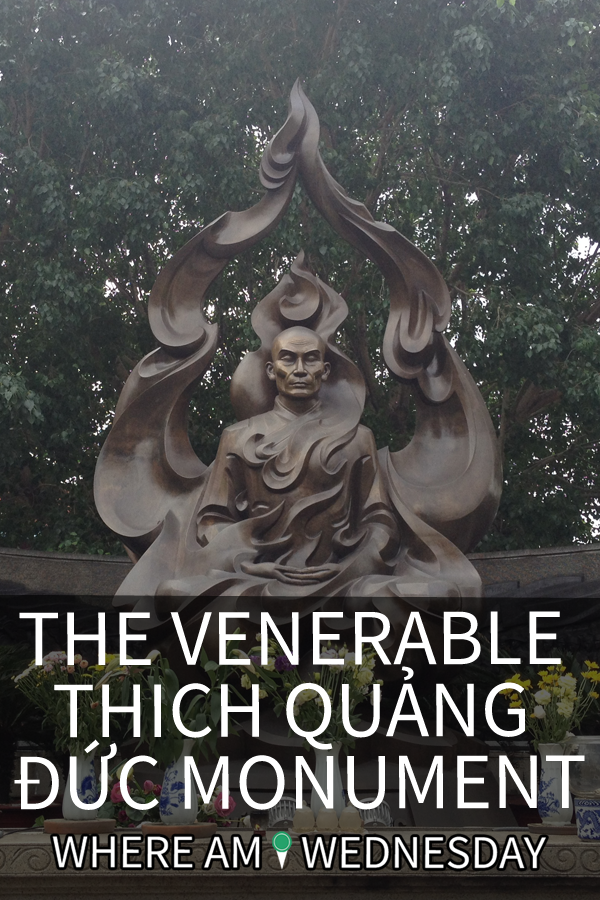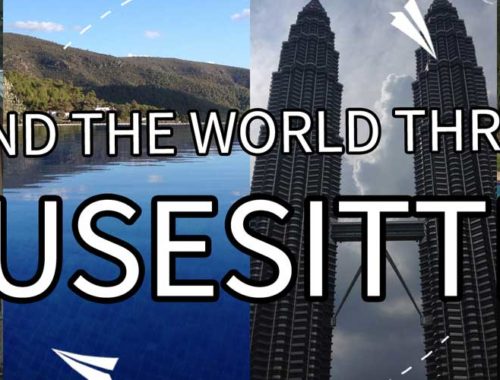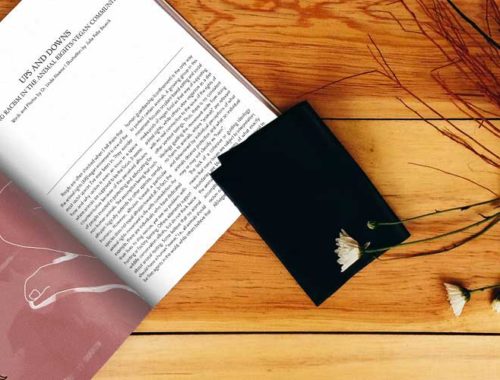
WAIW | The Venerable Thich Quảng Đức Monument
CW: discussions involving violence and death.
Almost 60 years ago, a monk named Thich Quảng Đức travelled from the city of Huế in Central Vietnam to the southern city of Saigon (Ho Chi Minh City). When he arrived at his destination, he stepped out into a busy intersection, sat down, and proceeded to light himself on fire (self-immolation). The act itself, meant to protest the persecution of buddhists by the government, came as a shock to many, including those who were at the intersection.
Photos taken by Malcolm Browne, the Saigon bureau chief for the Associated Press at the time, were seen worldwide and one became the cover art for the self-titled album released by Rage Against the Machine in 1992. In 2010, a memorial was created by the city to commemorate the act of protest, and it can be found near the intersection where he died.
Today, as part of the Where Am I Wednesday series, I decided to visit the monument and the intersection. Although I believe I had learned earlier about the spot while poking around the Internet to find out more about RATM’s album cover, I had forgotten that it was here in Saigon until I did a search on Atlas Obscure to see what I could seek out in the city.
Needless to say, it was a little eerie to stand and look out into the busy intersection knowing what had happened there decades before. Of course, given Vietnam’s history, there are plenty of places like that around the country that don’t even have markers or monuments right now.
As I mention in the episode, I’m not a big fan of monuments in general, and they’re certainly a big topic of discussion these days, but if we’re going to commemorate the past to try and educate people, I think reminders of those who fought against oppression are much more important than those dedicated to people who fought to continue it.
If you’d like to learn more about Thich Quảng Đức, I recommend his page on Wikipedia here.
Pin It

You May Also Like

WAIW | Quick and Easy Tomato Salad
August 12, 2020
Around the World Through House Sitting
February 19, 2020

